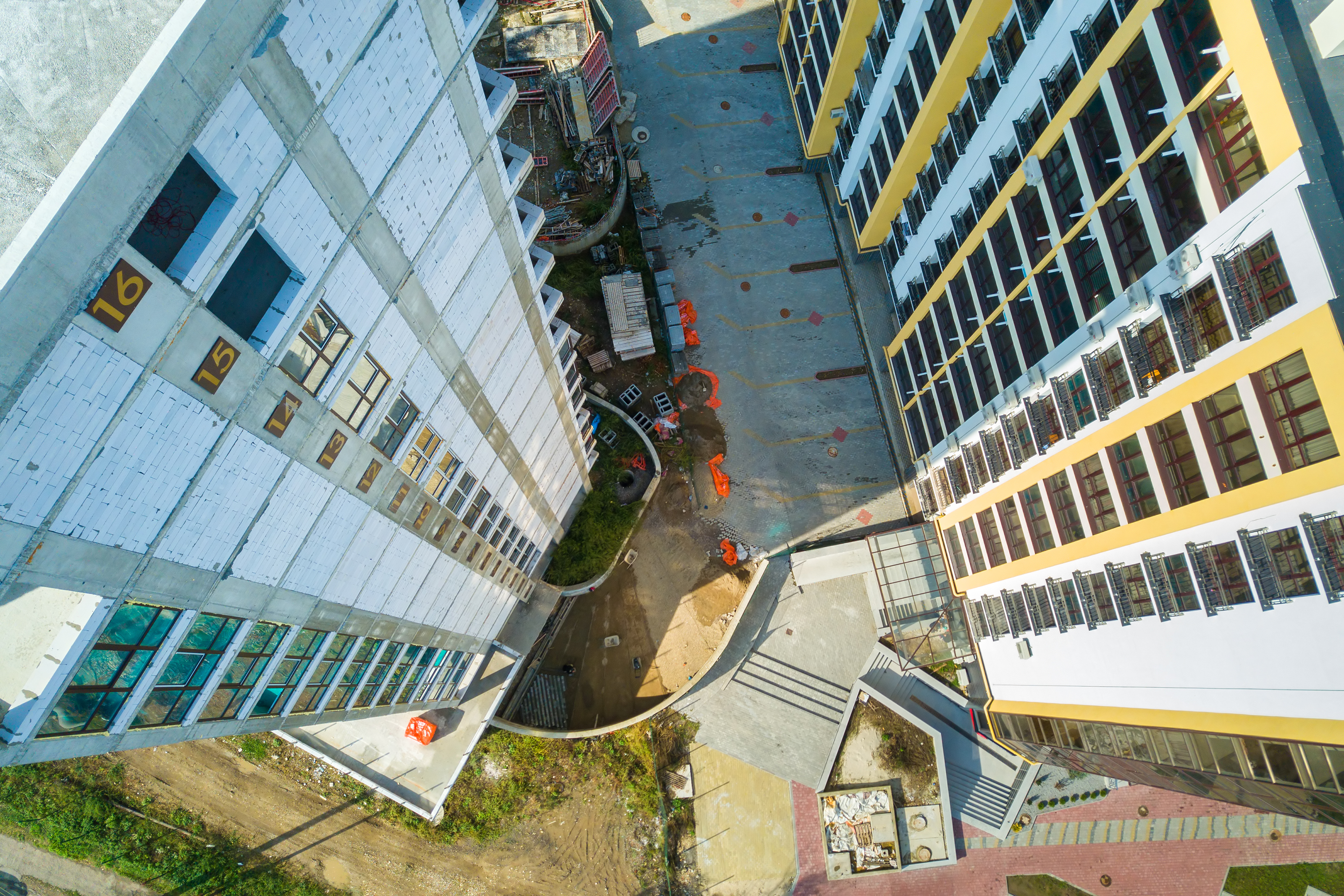Every real estate investor has their requirements and tolerance for return. This is why there are multiple property investment strategies that investors can choose from to ensure that the investment is a good fit for their preferences. One such opportunity is core plus investments. Having a clear idea about core-plus investment, the returns one can expect, and other things will guarantee one can benefit from this approach to the best. If you are new to the sector, the guide has provided all the essential information to understand the core plus investment.
What is core plus real estate?
Cour plus real estate is the property between a high-risk investment with great returns and a safe investment with low returns. The boundaries of the investment are somehow loosely defined. In simple words, a core Plus property is about 10 to 20 years old that is in good condition but can have some minor maintenance requirements. Mainly the core plus properties are located in a good location. According to the characteristics of core Plus properties, they have a slightly elevated risk profile. This means that the real estate investors expect high returns that generally are between 8 to 12%. Besides this, code plus investments are a good fit for those investors who do not want to take risks but desire some excellent capital appreciation. But having proper knowledge about real estate properties is quite essential to benefit from it.
Pros of core investment
The core-plus commercial real estate investments have both pros and cons. Check out the benefits of the same.
• Consistency and stability
The core-plus properties generally have good tenants who will last on a long-term basis. Thus this makes them a reliable income generator.
• Growth
As the properties have an elevated risk profile, they have great potential for some price appreciation.
• Volume
As the core plus properties can be upgraded to new after some renovations, they offer a good value.
No doubt, this benefit of core plus properties is significant, but you need to compare them against the risks to understand things better. So here are the drawbacks.
• Age
As the core Plus properties are 10 to 20 years old, they might have some wear and tear, which will require a certain maintenance requirement. Thus, investors might have to put in some additional capital for replacing or renovating the property.
• Vacancies
These properties have been there for ages when one or more tenants decide not to renew the lease, then a short-term negative turn can lead to a long-term issue, especially when the space is not quickly leased. This will mean a loss of income.
• Volatility
The cash flow for core-plus properties can be unpredictable. Therefore, there is an excellent requirement for active management to minimize any income variation.
There are ways one can invest both privately and publicly for real estate investors who are comfortable with the risk profile of the core plus investment. But having a clear idea about investment types is the key to success. This means you need to understand things well and use the available opportunity in the right way for a better outcome.
Investing in core-plus properties
To get a better idea about core-plus properties, investors can rely on purchasing the publicly traded shares of the property. But one mist knows the boundaries of core plus properties is somehow bold. Therefore, it is quite tricky to differentiate between the available investment opportunities and choose the right one. However, a multi-family property can help pursue a mixture of core and core-plus properties.
For the investors who prefer private transactions, the best thing they can do is purchase a property themselves and then partner with a private equity firm for the fractional share of quality assets. In either of the cases, the decision depends entirely on the investor to identify the core plus strategy by evaluating the property well and reading through the investment documents.
Difference between core Plus investment and other strategies
Generally, there are three well-recognized commercial real estate investment categories. The following section will help you get a better idea what the difference between core-plus and other investment opportunities in CRE.
1. Core Investments
The core investments are the foundation for the CTE investment portfolio. They are low-risk but high-quality assets that will offer a consistent cash flow. The investment here is characterized by Low leverage like new construction, no major structural or operational issue, and high-end finishes. Besides this, the core investments typically have a great location with nearly full occupancy on long-term leases. A great example herein is multi-family investments.
2. Value add Investments
Value add property is located at a good location with medium to high vacancy levels and are dated finishes. Besides, they require some minor maintenance that must be addressed to keep things well operating and generate good income. The goal here is to purchase the property and then put in some money for renovations. This will help bring the property up to the core plus standard.
However, there is an additional risk with this type of commercial investment as there is increased leverage taken to finance the property. Therefore, this type of investment is considered a perfect fit for investors who like moderate risk tolerance but want good capital growth.
3. Opportunistic investment
This type of property is the least predictable of all. Therefore, they have the highest potential upside. The opportunistic properties have a high level of debt and vacancy that, after specific repair work, can offer a great return. They include ground-up development because the investors might have to go for months or years without getting any dividend from the property. Given the associated press, this type of property provides the highest return. Generally, it can be 20% class. But this is subject to variables.
In between two available categories, the investor must find one that is a good fit for the investment objective and risk tolerance.
Private equity real estate and core Plus properties
The private equity firms provide a number of investment strategies, including those looking to generate a return from core-plus properties. Investors who want to partner with a private equity firm must research strategy approach, fees, and philosophy to get a better idea of how they will operate and ensure that it is a good fit for their approach.
Conclusion
When talking about low to moderate core-plus properties, they are best suited for investment. Institutional investors or individuals can get better exposure to the properties from publicly traded investments or partnering with private equity firms. Therefore, the core-plus investment is one of the major asset classifications that will provide great benefits.
But to ensure that you are making use of the available opportunities, it would be better if you take professional assistance. Private Capital Investors is the one you can consider for help. They have experienced professionals who will guide you and instruct you about core plus properties. With their professional services for sure, you will be able to take benefit from the available opportunity and earn income. In addition, the company will be there by your side to provide you with the assistance you need to make the most of your CRE investment. So instead of taking any risk, it will be better if you contact them today and get the professional assistance you want.





